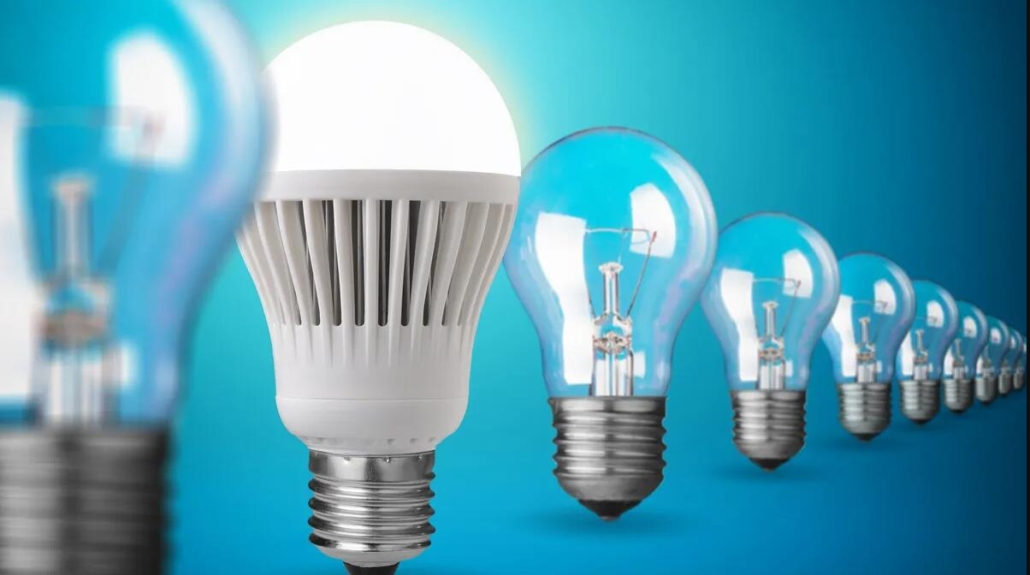How Do LED Lights Work?
LED lights are directional light sources and can only emit light in a specific direction. For the current to flow, a light-emitting diode should have a voltage source connected with the positive side on the anode and the negative side on the cathode. This connection will produce light, known as the forward bias condition. Forward bias allows the electrical current to flow through the LED, emitting visible light.

If the positive end of the voltage source is connected to the cathode and the negative end is connected to the anode, the current would not flow. This condition is known as reverse bias, which prevents the electricity from flowing through the LED until it reaches a certain point where it is no longer able to keep the current flow, known as the peak inverse voltage. When this happens, the device will be damaged.
Because LED lights emit light in one direction, they are able to use light and energy more efficiently compared to other light products, such as incandescent lights and compact fluorescent lamps (CFL).


 Headquarters address: 5th Floor, Ai Mei TeIndustrial zone, Shiyan street. Bao an distric Shenzhen city, Guangdong , China. 518100
Headquarters address: 5th Floor, Ai Mei TeIndustrial zone, Shiyan street. Bao an distric Shenzhen city, Guangdong , China. 518100 Address: 3rd Floor. Lianvu Road 1.SanshaIndustrial Zone, Henglan Town, Zhongshan City,Guangdong,China. 528478
Address: 3rd Floor. Lianvu Road 1.SanshaIndustrial Zone, Henglan Town, Zhongshan City,Guangdong,China. 528478

Leave a Reply
Want to join the discussion?Feel free to contribute!